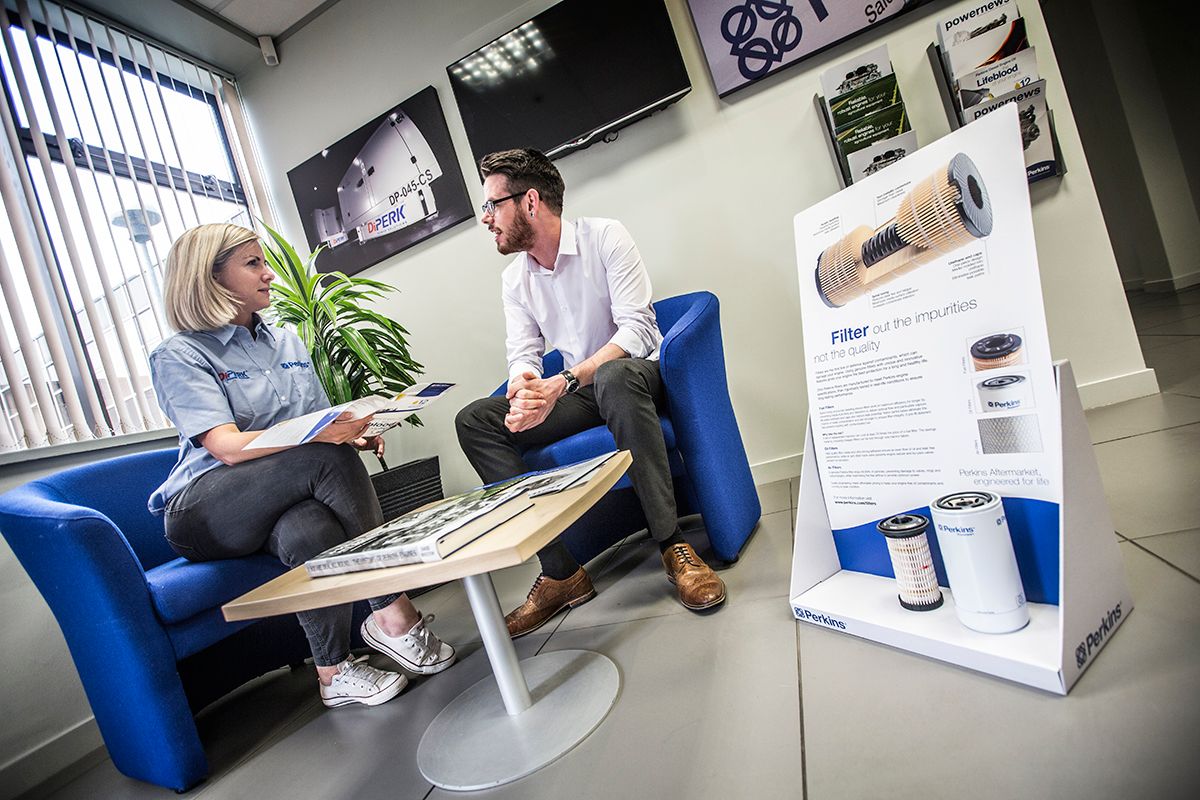The pistons are the beating heart of an engine’s combustion system and they have to be able to withstand considerable explosive forces - and staggering temperatures of up to 1,000°C. Our pistons are made from cast aluminium or iron alloy and each has carefully designed combustion bowls, which ensure a precise match with the fuel injector. This lowers your engine’s fuel consumption and enhances its power output.
The pistons drive the engine’s crankshaft, which transfers the power through the gearbox to the working parts.
The piston itself undergoes a 4 stroke cycle per revolution. This covers:
During its life the piston will travel many millions of times. Our pistons are made from cast aluminium or iron alloy, according to the specification of your engine, and each has carefully designed combustion bowls to ensure a precise match with the fuel injector. This lowers your engine’s fuel consumption and enhances power output.
Our pistons are designed to run, often almost continuously, for years without major overhaul if the servicing patterns are strictly followed. Occasionally, however, they do go wrong so it is useful to know that they can be replaced if that should happen.
During its life the piston will travel many millions of times. Our pistons are made from cast aluminium or iron alloy, according to the specification of your engine, and each has carefully designed combustion bowls to ensure a precise match with the fuel injector. This lowers your engine’s fuel consumption and enhances power output.
Our pistons are designed to run, often almost continuously, for years without major overhaul if the servicing patterns are strictly followed. Occasionally, however, they do go wrong so it is useful to know that they can be replaced if that should happen.
If you're ready to receive trusted advice from a Perkins expert, speak to our team today.
Connect with usOur digital magazine with the latest news, interviews and analysis.
Read moreYour regional Perkins Distributor can provide local, on-the-ground engine support.
Learn More


